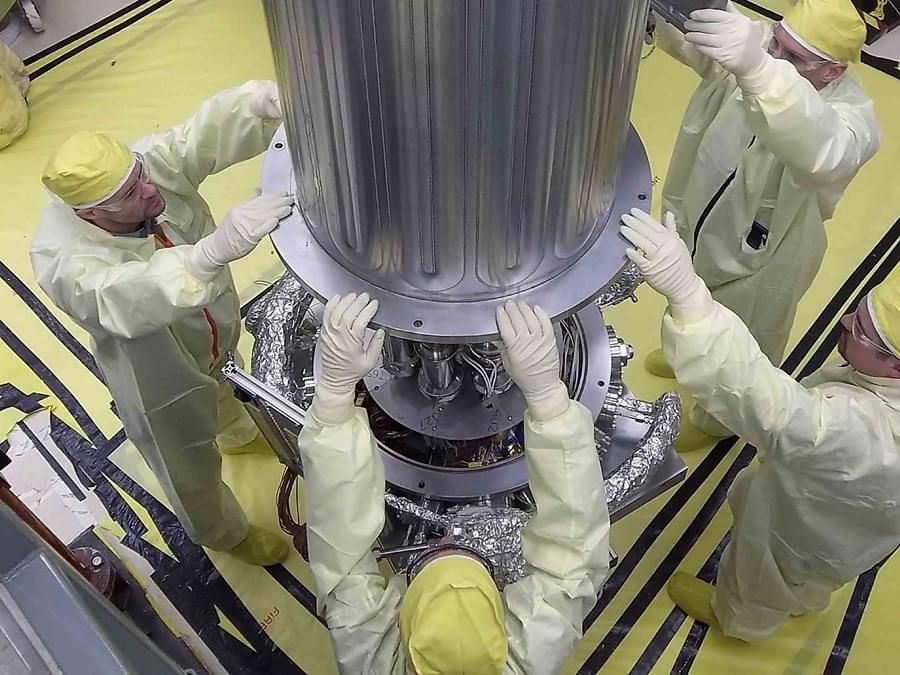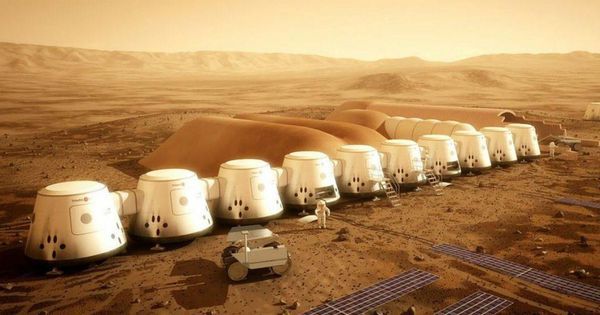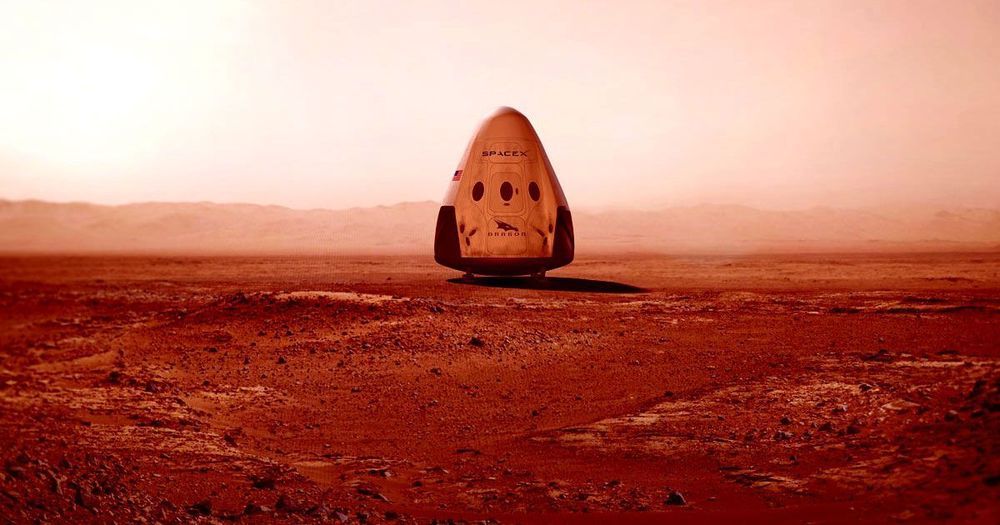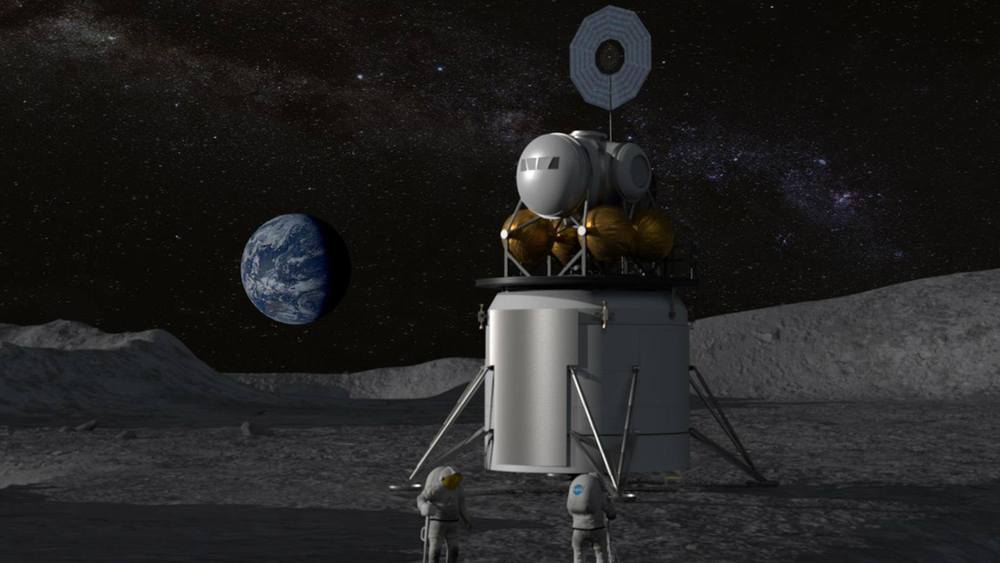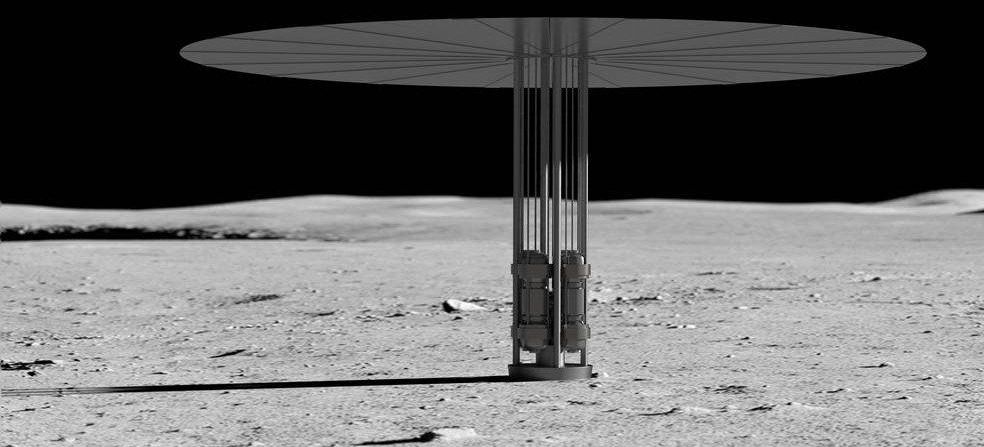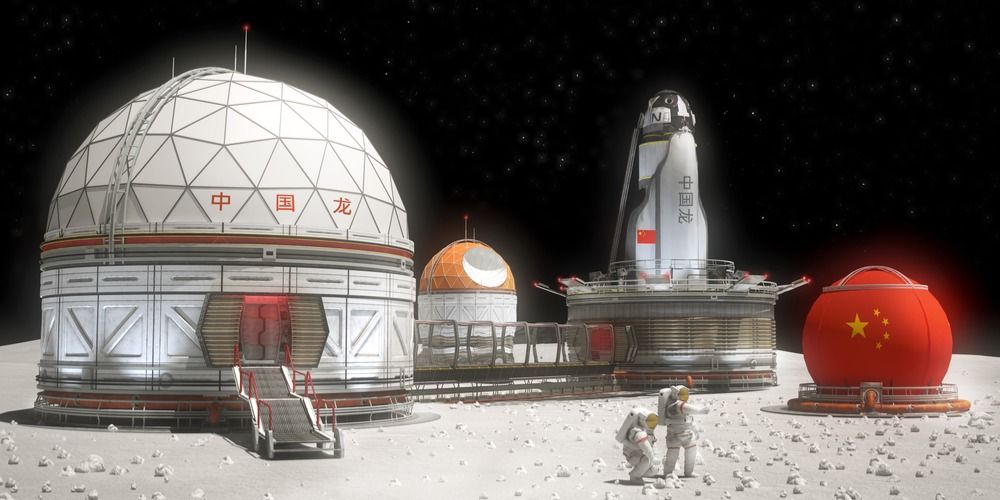NASA and engineers from the Department of Energy are developing small nuclear reactors that could power spacecraft and space colonies.
Category: space travel – Page 397
Five-thousand tons of water-ice delivered to cislunar space per two-year mission! In a recent announcement, TransAstra Corporation proposed a spacecraft able to achieve this. They call it the Queen Bee, a new part of the Asteroid Provided In-Situ Supplies (APIS; Apis) architecture. Queen Bee is a large scale version of their asteroid mining spacecraft design.
TransAstra is a Los Angeles, California based aerospace company founded in 2015 by Joel Sercel. Their goal is to help make industrial processes in space possible. A key process they study is extracting volatiles, including water, from small Near Earth Asteroids (NEA). Their past work has focused on Optical Mining, asteroid encapsulation, and solar thermal thrusters for the mining and utilization of carbonaceous Near Earth Asteroid (NEA) volatiles.
Turns out it is smarter than we think.
It is well known that the circuits in this part of our nervous system, which travel down the length of our spine, control seemingly simple things like the pain reflex in humans, and some motor control functions in animals.
Now, new research from Western University has shown that the spinal cord is also able to process and control more complex functions, like the positioning of your hand in external space.
“This research has shown that a least one important function is being done at the level of the spinal cord and it opens up a whole new area of investigation to say, ‘what else is done at the spinal level and what else have we potentially missed in this domain?’” said the study’s senior and supervising researcher Andrew Pruszynski, PhD, assistant professor at Western’s Schulich School of Medicine & Dentistry and Canada Research Chair in Sensorimotor Neuroscience.
All hopes are on Mars to be the next big adventure for mankind, with groups like NASA working hard to make a manned mission to the Red Planet a reality and companies like SpaceX betting big on Earth-to-Mars travel.
SpaceX boss Elon Musk has long promised that living on Mars will be a reality within our lifetimes, even suggesting that he himself might move there at some point in the not-too-distant future. But once all the kinks are ironed out, how much is it going to cost to leave Earth behind and become a full-fledged Martian? Musk thinks he has the answer.
“Very dependent on volume, but I’m confident moving to Mars (return ticket is free) will one day cost less than $500k & maybe even below $100k,” he wrote. “Low enough that most people in advanced economies could sell their home on Earth & move to Mars if they want.”
The extraordinary ambition of Musk’s prediction wasn’t lost on some Twitter users. “Fyre Festival Part Deux,” one replied.
Maybe that skepticism is why, in a follow –up reply, Musk seemed to hedge his bets.
“Just planning on keeping the public informed about progress & setbacks,” he wrote. “Will be some [Rapid Unscheduled Disassemblies] along the way, but excitement is guaranteed!”
As we look to explore our nearest celestial neighbor, NASA Administrator Jim Bridenstine tells OZY how we’ll partner with U.S. companies to design and develop landers to send astronauts to the lunar surface. Read Bridenstine’s op-ed: https://go.nasa.gov/2SKGQS2
British billionaire plans to make a suborbital flight on the 50th anniversary of the Apollo 11 moon landing.
Sir Richard Branson stands beside the Virgin Galactic spacecraft at the Farnborough International Airshow on Nov. 7, 2012 in Hampshire, England. Steve Parsons / PA Images via Getty Images file.
In January, the deputy head of the CNSA Wu Yanhua explained that Chang’e 5 and 6 would serve as missions to return samples from the moon while Chang’e 7 will survey the South Pole, this lunar area is of great interest for human colonies since holds water ice. Yanhua added that they hope Chang’e 8 will be able to test out some technologies and explore the moon to determine how to build a joint lunar base that multiple countries can share.
Once again, China is not the only one who wants to send humans back to the Moon. Both NASA and the ESA have plans in the works. The ESA’s new director-general, Jan Woerner introduced plans for a permanent Moon base in 2016. His ideal ‘Moon village’ would be home to a diverse set of people such as scientists and artists, as well as public and private organizations. The lunar base would serve many purposes such as astronomical research, tourism, or mining minerals.
Ariel Ekblaw, the founder of the MIT Media Lab’s Space Exploration Initiative, is also looking to “democratize space.” Thus, he has formed multi-disciplinary research groups studying everything from robotics and synthetic neurobiology to architecture, art, space, and even design.
